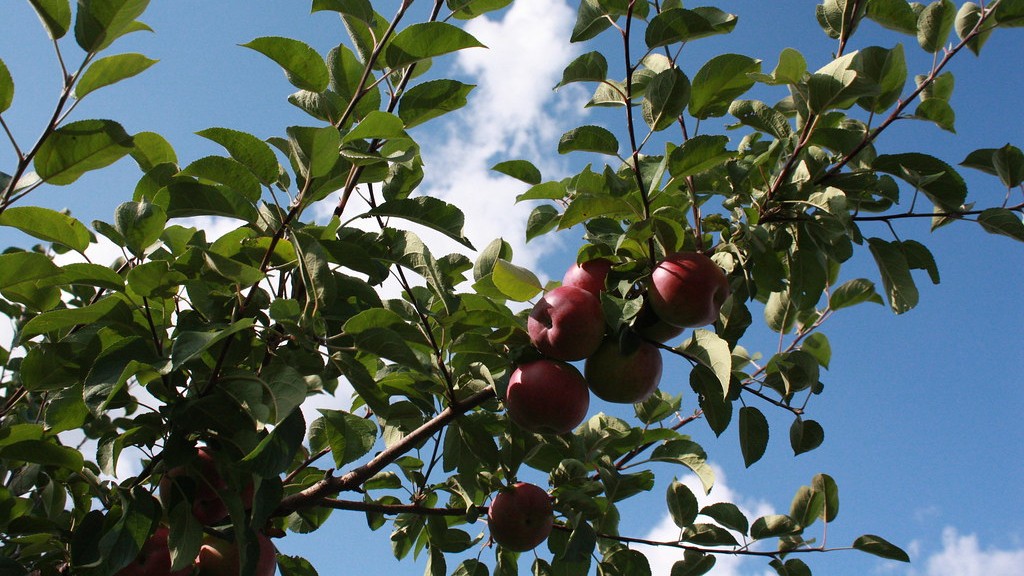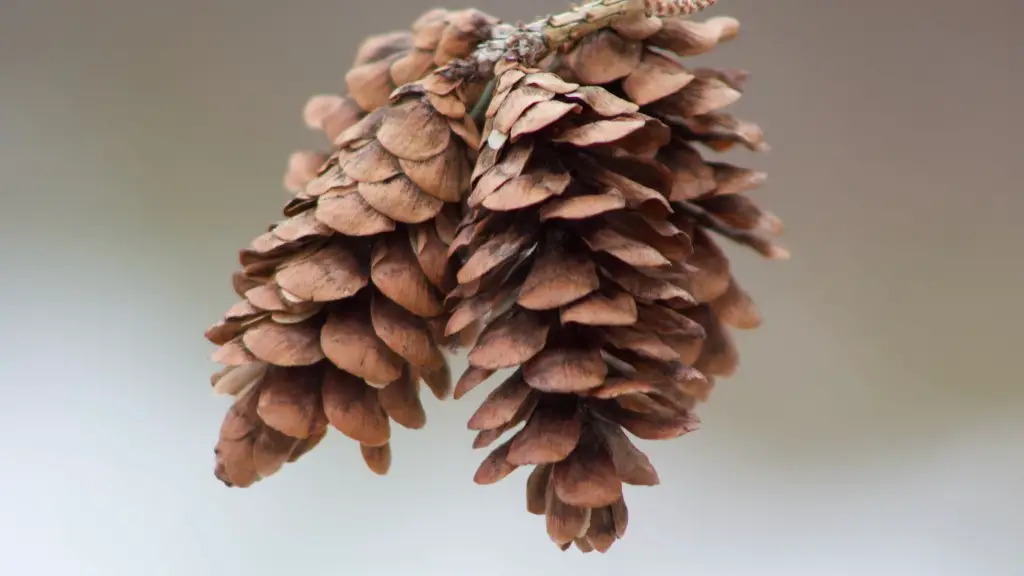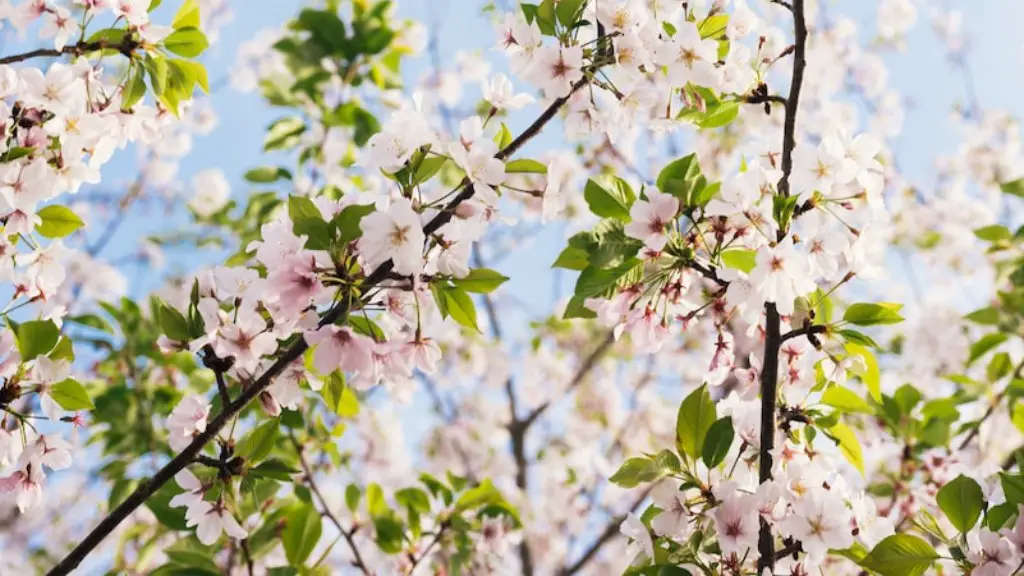Meyer lemons are a citrus hybrid variety of lemon that originated in China before being introduced to the United States in 1908. The trees are noted for growing well in warm and moderate climates, but how low of a temperature can they tolerate? When temperatures drop too low, the trees’ roots, flowers, and leaves can be damaged or die.
The ideal temperature for Meyer lemon trees is between 65 and 85°F (18 and 29°C). Outside of this range, there are other variables that impact the tree’s health, such as direct sunlight and soil quality. Despite this, temperatures below 41°F (5°C) can cause significant damage to Meyer lemon trees.
When temperatures drop below 41°F, the tree’s growth is stunted and it becomes prone to a variety of diseases. Even if exposed to freezing temperatures, the Meyer lemon tree can survive, though it will likely die off the following spring if temperatures do not rise again. Additionally, the trees can suffer from wind damage when temperatures drop, so frost protection should be put in place when the weather is expected to dip.
Another consideration when growing Meyer lemon trees is the right location. They should be located in an area that receives plenty of sunlight throughout the day and with access to temporary shelter during cold nights. Exposure to cold and wind can damage the tree’s leaves and flowers, as they become brittle and can easily be broken off.
When temperatures are consistently low, it is best to bring the tree indoors and place it in an area that receives plenty of sunlight and is protected from strong winds. From April to October, the trees should be outdoors, protected by an umbrella or frost cloth in case of unexpected cold snaps.
Finally, watering should also be adjusted accordingly when temperatures drop. If facing consistently cold temperatures, reduce the amount of water given to the tree until weather conditions improve. This is because too much water can cause the tree’s roots to rot when exposed to cold temperatures.
Effects on Fruit Quality
Fruits produced by a Meyer lemon tree are at their best when grown under optimal temperatures. Low temperatures cause the fruit to become sour and pithy, with a less intense flavor than when exposed to warmer climates. Additionally, Meyer lemons can take longer to ripen when temperatures drop below 41°F (5°C).
A citrus tree’s roots can suffer during cooler years, as well. When the plant’s root systems are exposed to cold temperatures, they become slow-growing, leading to decreased fruit yield or a delay in flowers and fruits blooming. Cold temperatures can also prevent the tree from absorbing nutrients, causing a higher chance of disease or infection.
It is worth noting that the Meyer lemon tree is only one type of the citrus family. Other varieties have different temperature tolerances and growth habits. Additionally, different citrus varieties have different nutritional and flavor characteristics. For example, the pomelo is much more tolerant of cold temperatures than the Meyer lemon tree.
Therefore, when a citrus grower is choosing the right tree to cultivate, climate and soil conditions are key. Knowing the temperature range one can expect from different varieties can help make the decision easier.
Impact on the Plant Life Cycle
While the Meyer lemon tree can tolerate temperatures as low as 41°F (5°C) and colder, this lower range will significantly impact its life cycle. In fact, below 41°F (5°C) the tree can become dormant until temperatures rise again.
This dormancy increases the risk of disease and snow damage as the tree cannot heal or repair itself until temperatures are more favorable. Additionally, cold temperatures can kill new root sprouts and buds, preventing the cycle from continuing. As mentioned previously, too much water can be damaging as well, so it is important to adjust the tree’s irrigation according to the climate and temperature.
This is why growing Meyer lemon trees in colder climates should be done with caution. Growers should choose locations that are sheltered from the wind and that can buffer temperatures from sudden cold snaps.
Protection Plans
Taking proactive steps to protect Meyer lemon trees from cold temperatures is recommended. Primarily, this means providing adequate shelter, whether through a greenhouse, frost blankets, or just a sturdy umbrella. Trees should also be watered less frequently during colder months, as standing water can become a danger when temperatures reach the freezing mark.
Growers should also avoids planting Meyer lemon trees in areas that have consistently cold temperatures. A knowledgeable local grower or county extension can help determine the best area for the tree to thrive.
Proper pruning of Meyer lemon trees is also essential in colder climates, as the trees can become susceptible to freeze damage when left untrimmed. This can be a tricky procedure, so it is best to consult a certified arborist for proper care.
Finally, if the temperatures consistently reach freezing levels, it is possible to protect the Meyer lemon tree from complete destruction by wrapping the trunk and lower branches with plastic wrap. This can raise the temperature around the trunk and help the tree survive.
Battle Against Pests and Diseases
Meyer lemon trees can become vulnerable to a variety of pests and diseases during cold temperatures. These can range from bacterial and fungal diseases to sap-sucking insects like aphids, whiteflies, and mealybugs. Cold temperatures reduce the tree’s ability to repair itself, making it easier for these pests and diseases to take hold.
Spraying the tree down with a pesticide may be necessary to combat this issue, but this should be done only with caution and with a certified pest control operator. If exposed to cold temperatures for too long, the Meyer lemon tree is also more prone to nutrient deficiency diseases, such as iron chlorosis, calcium deficiency, and zinc deficiency.
To avoid these diseases, Meyer lemon trees should be regularly fertilized and given the adequate nutrients for optimal growth. This can be done through a fertilizer specifically designed for citrus trees or a balanced combination of both organic and inorganic fertilizers.
Winter Pruning
Pruning is a critical part of keeping a Meyer lemon tree in optimal shape and helping it resist the cold. This is because pruning helps evenly distribute the tree’s energy and maintain a healthy structure that can withstand harsh temperatures. Pruning also helps direct warm air to the buds, making them less susceptible to freeze damage.
It is important to prune the Meyer lemon tree during cooler months as the tree is dormant and still carrying the old season’s growth. Pruning should start with dead, diseased, and broken branches, then move on to removing any branches that are grouped too closely together or are overgrowing the tree’s shape.
Pruning should be done carefully and with the guidance of a certified arborist. Too much pruning can reduce the tree’s production and make it more vulnerable to poor temperatures. In general, late winter or early spring are the best periods for pruning Meyer lemon trees, but any pruning must take into account the cold temperatures that the tree is exposed to.



